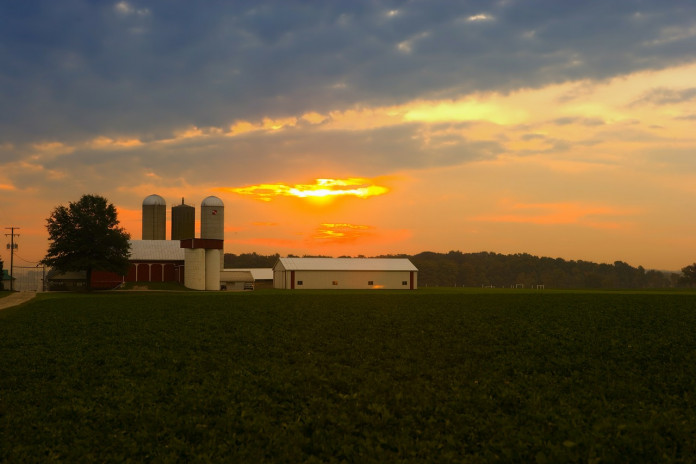Current Agricultural Use Value, or CAUV, can bring tax relief to some Ohio landowners.
A CAUV designation can significantly reduce the real property taxes owed by the landowner, especially if the land is in an area where housing or commercial uses are alternative uses for the land.
1How to qualify
To qualify, the land, during the three years prior to a CAUV application, must consist of 10 or more acres devoted exclusively to commercial agricultural use; or consist of less than 10 acres devoted exclusively to commercial agricultural use and produce, or be expected to produce, an average yearly gross income of at least $2,500.
The owner, including new owners, must file an initial application with the county auditor.
Renewal applications must be filed for each consecutive year to maintain CAUV status. The county auditor may also refer to the CAUV application as “DTE Form 109”; many county auditors now have the forms available online.
2Qualified uses
Commercial animal or poultry husbandry; aquaculture; apiculture (beekeeping); the production for a commercial purpose of timber, field crops, tobacco, fruits, vegetables, nursery stock, ornamental trees, sod, or flowers.
Or the growth of timber for a noncommercial purpose, if the land on which the timber is grown is adjoined to land devoted exclusively to agricultural use.
Biodiesel production, biomass energy production, electric or heat energy production, or biologically derived methane gas production if the land on which the production facility is adjoined to land devoted exclusively to agricultural use, provided that at least 50 percent of the feedstock used in the production was derived from parcels of land under common ownership or leasehold.
Land devoted to and qualified for payments or other compensation under a land retirement or conservation program under an agreement with an agency of the federal government.
3Idle land
Land may sit idle or fallow for up to one year (and even for up to three years in certain circumstances) if, during the previous three consecutive calendar years, it has been designated as land devoted exclusively to agricultural use.
Also, nothing can be done to the land that would hinder its return to agricultural production.
4Unqualified status
If the land no longer qualifies, Ohio law requires landowners to pay an amount equal to the amount of the tax savings on the converted land during the three tax years immediately preceding the year in which the land is converted to non-agricultural use.
When one buys land from a farmer and then uses the land for something other than farming, the land will lose its CAUV status and “recoupment” will be triggered. The buyer and seller should work together to determine who should be responsible for the tax payback to avoid any misunderstandings.
Sources: Ohio Department of Taxation.
(Farm and Dairy is featuring a series of “101” columns throughout the year to help young and beginning farmers master farm living. From finances to management to machinery repair and animal care, farmers do it all.)
More Farming 101 columns:
- How to utilize the Pa. Clean and Green Act
- 9 tips for filing farm taxes
- 8 reasons record keeping for taxes is essential
- 5 tips for post-harvest storage
- 7 tips for family meetings on the farm
- 4 tips for balancing your farm and family
- 4 tips for communicating on the family farm
- 4 tips for firing an employee
- 6 tips for keeping good farm help
- 4 tips for recruiting farm labor
- 5 general farm labor laws
- 4 tips for employing minors
- 4 tips for PTO safety
- 5 things young farmers should know about finances
- The farm balance sheet
- 5 items for your farm’s cash flow statement
- Personal and business records: Keep them separate
- What to include in your farm business plan
- How to approach a lender: Tips for getting a farm loan
- How to use microloans to get your farm started
- Saving for the future: 6 tips for young farmers
- How to create a farm safety kit
- 5 tips for child safety on the farm
- 4 tips for transporting livestock
- 5 ways to better understand tractor stability
- 6 farm equipment hacks
STAY INFORMED. SIGN UP!
Up-to-date agriculture news in your inbox!













It would have been nice if this actually gave some more detailed information on how to fill out this ridiculous government form.
Hi Jennifer. I want my new property to qualify for CAUV status. Like you perhaps, I too am a little puzzled about how to correctly fill out this application form. Can you give me any advice.